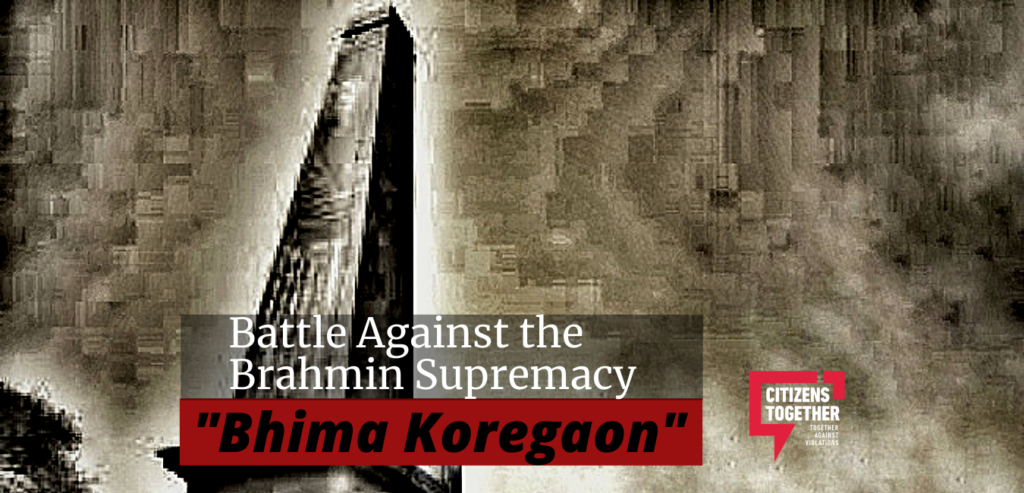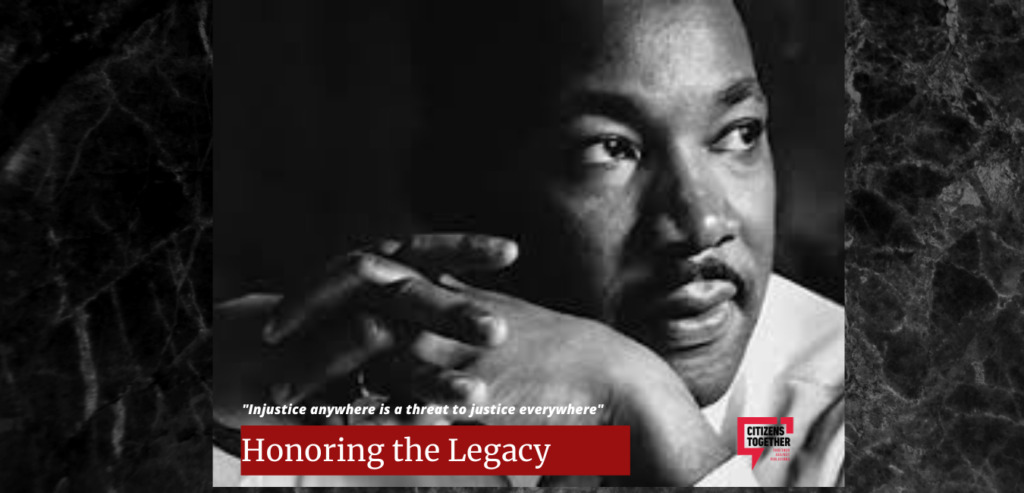“With one more year left for the notification to end, we are now gearing up to intensify our satyagraha to ensure that the government permanently cancels this project” – Jerome Kujur
On March 22-23, Adivasi residents from across villages gathered in Tattapani, in the Latehar district for a two-day congregation to assert their commitment to the fight against land acquisition and tribal displacement or the creation of the firing range.
The annual congregation was attended by several Tribal workers and activists including Economist and Human Rights Activist, Jean Dreze. The mass gathering witnessed thousands of tribals and non-tribals of 245 villages to observe the 27th anniversary of the people’s struggle programme organised under Jan Sangharsh Samiti (JSS), which piloted the peaceful mass movement against this project in 1994 against the Army’s firing range project.
What is this Protest?
As per the communiqué issued by JSS, the Netarhat field firing range was notified for Army by the government under section 9 of Maneuvers Field Firing and Artillery Practice Act 1938, allowing it to conduct its annual artillery shelling and firing practice here. Netarhat firing range was among the four such pilot ranges which were established in the country. Other places where it was set up include Rewa in Madhya Pradesh, Sameepet in Andhra Pradesh and Koilat in Rajasthan.
The struggle against the range has been ongoing since the 1990s, when the Centre had earmarked about 1,471 sq km in Netarhat Hills in Gumla and Latehar for field firing practice by the army, before the creation of what is now known as Jharkhand.
Two state notifications dated November and March 25, 1992, under section 9(1) of the Manoeuvres Field Firing and Artillery Practices Act, 1938, notified this area for periodical field firing and artillery practice for 10 years. Separate notifications in 1992 and again in 2002, extended the field firing and artillery practice till 2022.
The proposed firing range spread over 245 villages was threatening to displace 2.75 lakh tribes including Asur, Birjia, Birhor and Korwa tribes. The issue was also debated in the Rajya Sabha in 2007 when Mabel Rebello raised the issue seeking government stand on how displaced tribal families would be rehabilitated.
What Happened in 1994?
In 1994, on March 22-23, the army had entered the area to practice weapons. As the forces entered the area, people from 245 villages—nearly a lakh—gathered in the area, with women at the frontline. The women laid down on the streets, stating that the forces will have to get past their dead bodies to take over the land. Our struggle has been a non-violent peaceful struggle since then.
Struggle of 2017
The government move to create a land bank of nearly 80 acres in the range to attract investors in the state. Irate tribals called for a bandh on March 29, 2017, to boycott chief minister, Raghubar Das public event at Mahautar in Latehar district to highlight the issue of the land bank.
Dayamani Barla a frontal tribal leader told Land Conflict Watch that “A land bank of nearly 80 to 90 acres of once proposed Netarhat Field Firing Range has been created to invite investors and to displace the tribals.” She said that government could not muster the courage to displace tribals in the year 2000 when land acquisition began for the firing range. The tribal protest forced the government to take a backstep. Now the government is trying to enter the Netarhat firing range by giving land to the industrialists, Barla says.
What Does Adivasi Want?
Owing to enormous resistance in 1994, practice in the range and the displacement of over 2 lakh tribals across 245 villages was stopped, however, as the deadline for the renewal of the notification nears in 2022, the Adivasi community on the ground is revamping their struggle.
Thousands of residents have been tirelessly fighting to press for the cancellation of the Netarhat Firing range project. The community has stated that since the matter is not a state subject, they will continue their resistance until the project is cancelled. Through satyagraha movement, we have also ensured no firing activities by Army as part of its annual practice in this range,” said Jerome Kujur of JSS.
The Words of Jean Dreze
Economist Jean Dreze, who attended the congregation, told NewsClick, “It was an eye-opening experience to participate in the annual gathering of thousands of Adivasis in Netarhat who are struggling against displacement by a firing-range project.”
”For two days, men, women and children lived together in the shadow of the beautiful trees they were trying to protect and shared their thoughts on the way forward. Some brought rice, others firewood and others still lifted our spirits with a song. No one ordered anyone else around. The entire event was an inspiring symbol of democratic life and non-violent struggle.”
Information Source – Land Conflict Watch, Newsclick & The Telegraph



